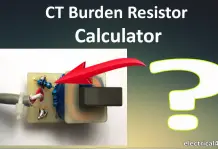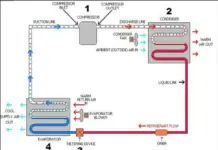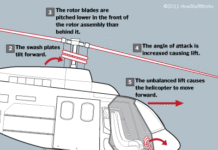What Is Nanotechnology
The word nano tech used by the American physician Richard. Nano is a very small range 1 NM = 10⁻⁹ meters. Newton is defined as the design, characteristics, applied of structures, devices and systems by controlling the shape and size on the nanometre scale.
Nanomaterials
The materials compressing of particles with a size between 1 to 100 nanometres are considered as nanometres. These objects are very small and cannot be seen without powerful electron microscope. Diameter of a human hair varies between 17μm to 180 μm now imagine how small the nanometre material.
Manufacturing of nanomaterials
They can be manufactured by two methods.
Top to bottom
Building something with a large piece and carving away the material like a sculpture.
Bottom up
Building smaller pieces together like a bicycle or a car engine.
Let’s study about Fullerene (C60)
The well-known allotropes of carbon, graphite or diamond nanotechnology helps together allotropes of carbon fullerene (C60). This molecule was named after Buckminster fuller was isolated in 1990. This structure assembles soccer ball having alternate patches and nick name given fullerence was buckyball.
Carbon nano-tubes
Carbon particles such as graphene sheets are made in tubular forms are called as carbon nano-tubes. They have a diameter of few nanometres and length of few micrometers. Each nano-tube is made of hexagonal network of covalently bonded carbon atoms.
Carbon nano-tubes are of two types
Single walled nano-tube and multi-wall nano-tube such structure these carbon nano-tubes show electronic, mechanical, optical and chemical characteristics which make them highly useful for many applications.
Properties of carbon nano-tubes
Electrical conductivity, strength and elasticity, thermal conductivity expansion, field emission, high aspect ratio
Applications
- As a catalyst support
- In batteries of fuel cells
- As electrodes in electro chemistry
- As nano-tube sensor
- As diodes, transistor and capacitor
- As membrane for molecular transport
Nano wires
A nano-wire is an extremely thin wire with a diameter of the order of few nanometres. The nano-wires are manufactured by two methods they are suspension method and deposition method.
Nano cones
Carbon Nano cones are discovered in 1984 which the simplest example of Nano structured carbon, they are made of hexagonal plane and different number of pentagonal panes. These pentagonal deflects provide positive inclination.
Heptagonal deflects
These deflects provides negative inclination. The presence of pentagons and hexagons and fullerene modifies its electrical properties.
The new hypothetical type graphene sheet is proposed which allows pentagonal deflects and heptagonal deflects provided the number is same. The negative inclination of heptagonal will be balanced by positive inclination of pentagons. These arrangements are known as Haeckelites.
Properties of Haeckelites
- They show metallic behavior
- Haeckelites tubes maintain the stiffness of carbon nano-tubes
- Haeckelites also exhibit local rigidity due to local curvature introduced by the presence of heptagons and pentagons.
Applications of nano-tubes
- Nanomaterials find very wide applications in all fields. In Nano mechanism the nanotube has diameter= 30 μm used for helmets, bullet proof clothes etc
- Used in medical fields they are extremely small in size.
- In electronics used for flat panel displays, batteries, magnetic materials etc.
- In general application such as paints, fuel additives, ceramics, sunscreen and cosmetics.











